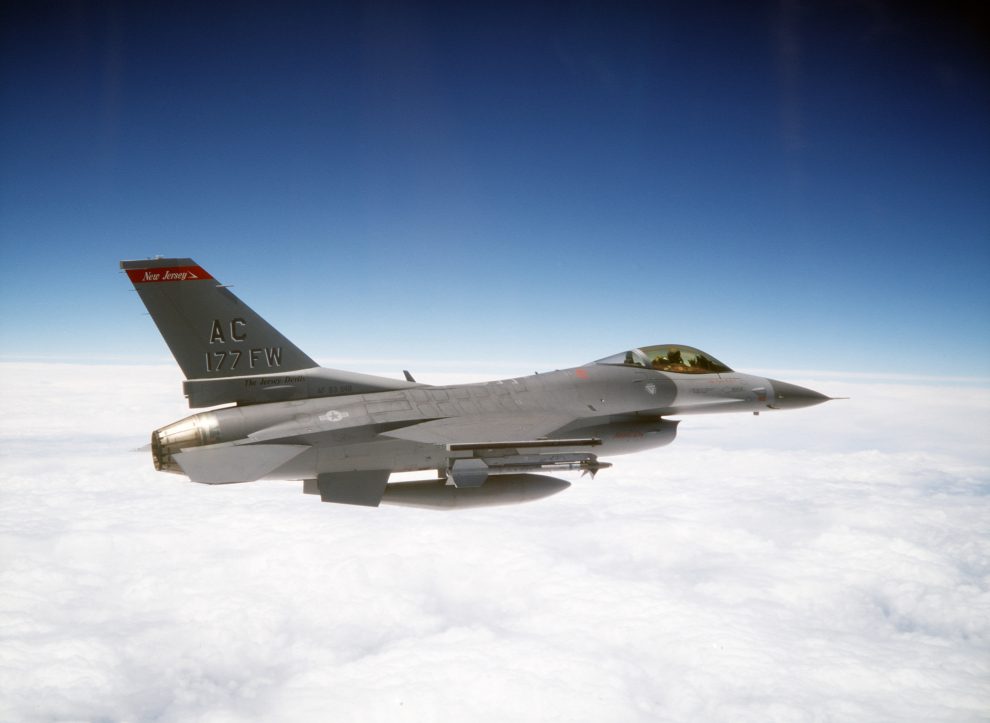F-16 fighter jets, also known as the Fighting Falcon, have earned a reputation as one of the world’s most versatile and successful combat aircraft. In this blog, we will delve into the remarkable capabilities of F-16s, their history, design features, advanced technologies, and their role in modern aerial warfare.
- A Legacy of Excellence: The F-16 was developed by General Dynamics (now Lockheed Martin) and first flew in 1974. It quickly gained popularity among air forces around the world for its exceptional performance and affordability.
- Design and Aerodynamics: The F-16 features a compact and streamlined design, optimized for high maneuverability and speed. Its delta wing and fuselage contribute to its exceptional agility and allow it to excel in air-to-air combat and ground-attack missions.
- Engine Power: Equipped with a powerful engine, the F-16 can reach speeds exceeding Mach 2. It possesses an impressive thrust-to-weight ratio, enabling rapid acceleration and unmatched climb rates.
- Advanced Avionics: F-16s are equipped with advanced avionics systems, including radar, sensors, and data links, which provide pilots with real-time situational awareness. These systems enhance the aircraft’s ability to detect and engage enemy targets effectively.
- Multirole Capabilities: The F-16’s versatility lies in its ability to perform a wide range of missions. It can engage enemy aircraft in dogfights, deliver precision airstrikes, provide close air support to ground forces, and conduct reconnaissance missions.
- Beyond Visual Range (BVR) Capability: F-16s are equipped with radar-guided missiles that enable engagement of enemy aircraft beyond visual range. This capability allows pilots to engage targets before being detected, increasing their combat effectiveness.
- Air-to-Ground Weapons: The F-16 can carry a variety of air-to-ground weapons, including guided bombs, missiles, and rockets. This arsenal enables the aircraft to strike ground targets with precision and devastating impact.
- Air-to-Air Weapons: In air-to-air combat, F-16s can engage enemy aircraft with short-range and medium-range missiles. It also has a 20mm cannon for close-quarters dogfights.
- Electronic Warfare (EW) Systems: To counter threats from enemy radars and missiles, F-16s are equipped with advanced electronic warfare systems that can detect, jam, and deceive enemy radar systems, enhancing the aircraft’s survivability.
- Suppression of Enemy Air Defenses (SEAD): F-16s can be configured for SEAD missions, where they neutralize enemy air defenses, clearing the way for other aircraft to conduct their missions safely.
- International Success: F-16s have been exported to numerous countries worldwide, forming the backbone of their air forces. Their combat performance and reliability have solidified their status as a trusted and effective platform.
- Continuous Upgrades: The F-16 program has undergone several upgrade phases to enhance its capabilities over the years. These upgrades include improved avionics, enhanced weapon systems, and increased combat range.
- Training and Simulation: Pilots undergo rigorous training on simulators to familiarize themselves with the F-16’s controls, systems, and tactics. This training ensures they are prepared for the demanding operational environment.
- Human-Machine Interface: The F-16 incorporates a user-friendly cockpit design, providing pilots with intuitive controls and displays. This interface allows for quick decision-making and efficient execution of missions.
- Future Prospects: As technology continues to advance, F-16s are being equipped with even more advanced systems. Upcoming upgrades include improved sensors, enhanced networking capabilities, and integration with unmanned aerial systems.
Conclusion: The F-16 fighter jet has left an indelible mark on the world of aviation. Its remarkable performance, adaptability, and combat effectiveness have solidified its place as one of the most iconic and successful fighter aircraft in history. With ongoing advancements and upgrades, the F-16 will continue to play a crucial role in safeguarding the skies and supporting military operations worldwide.




















Add Comment